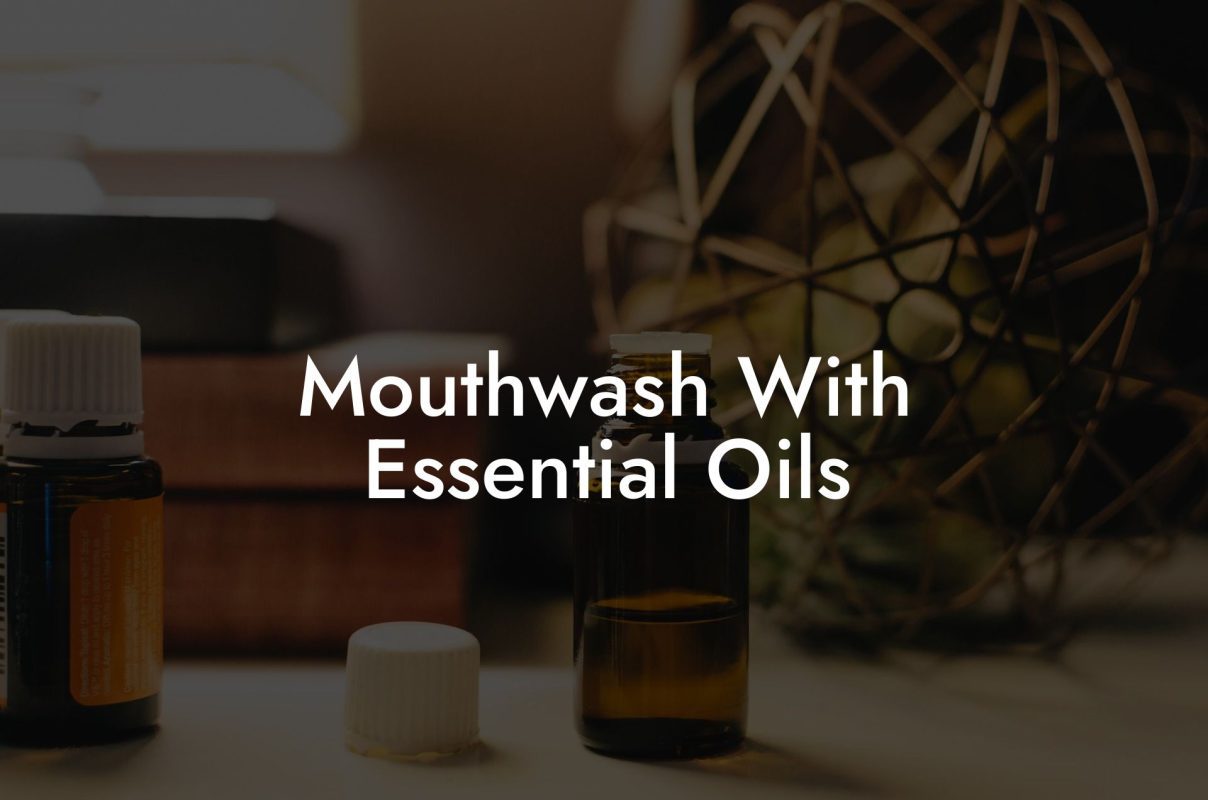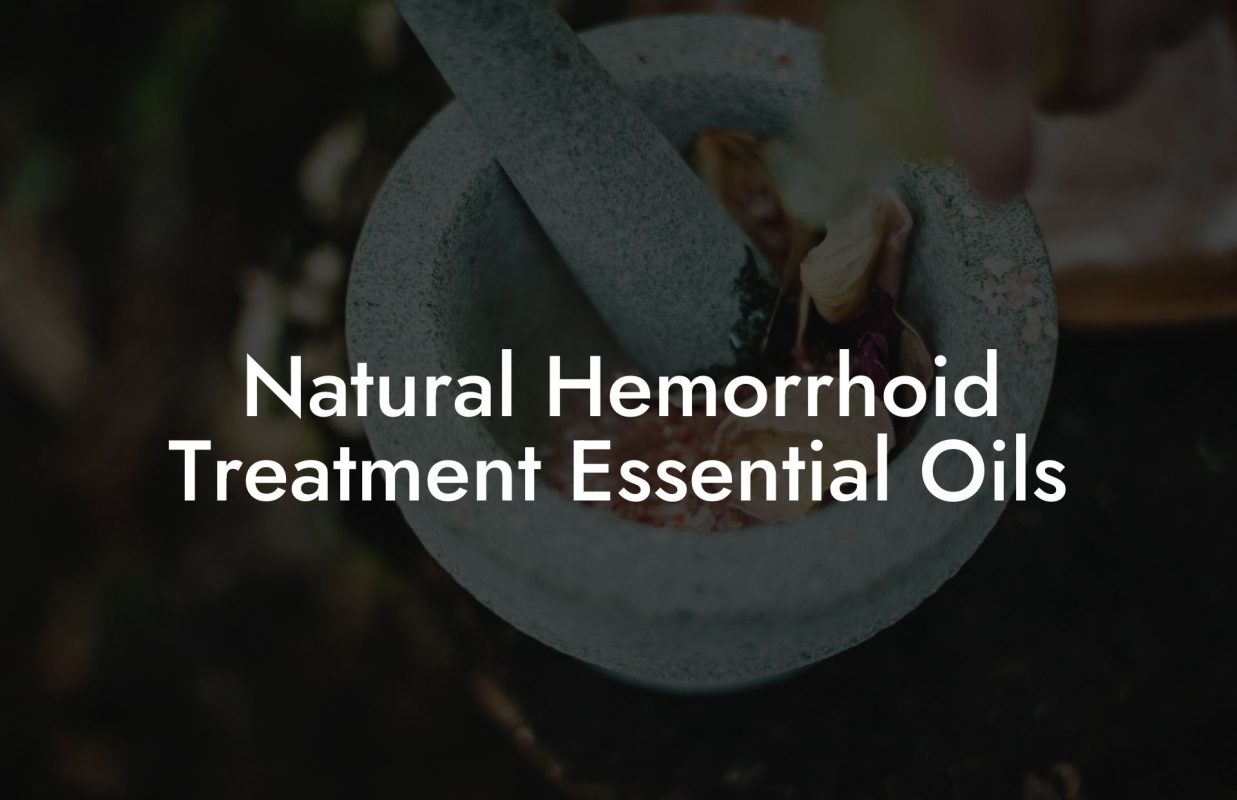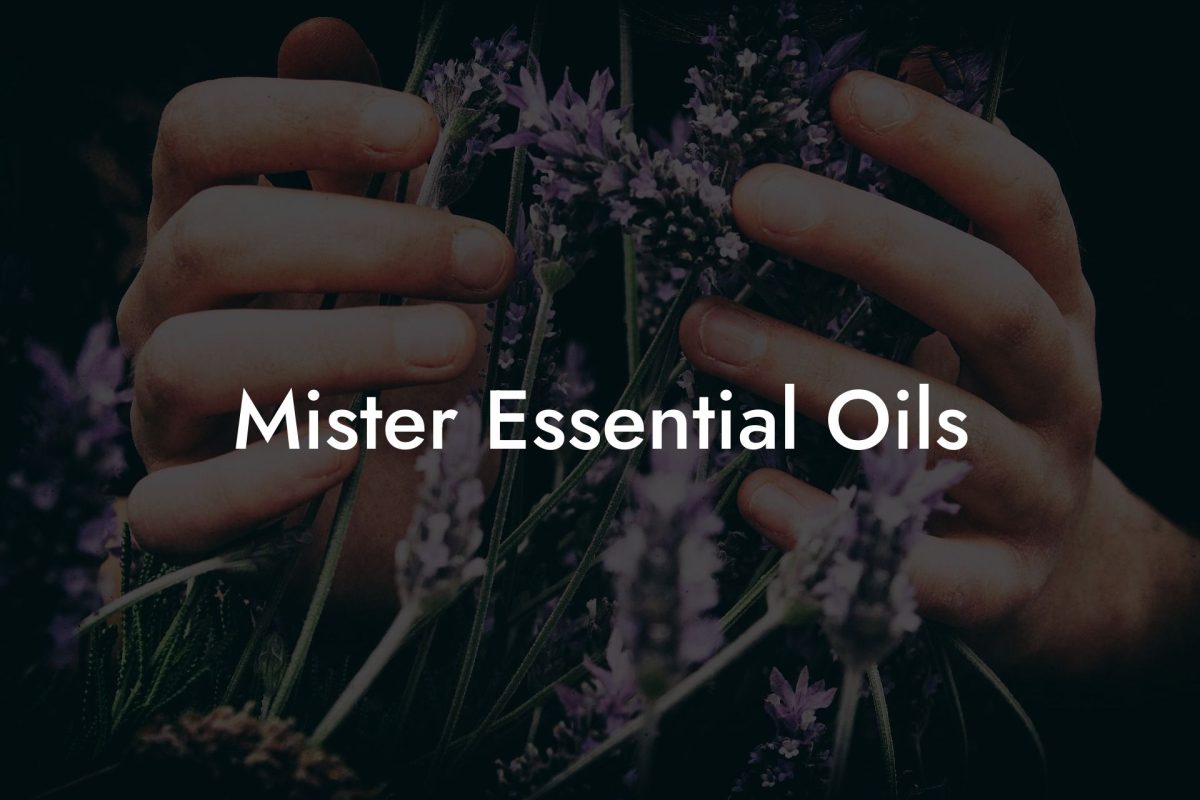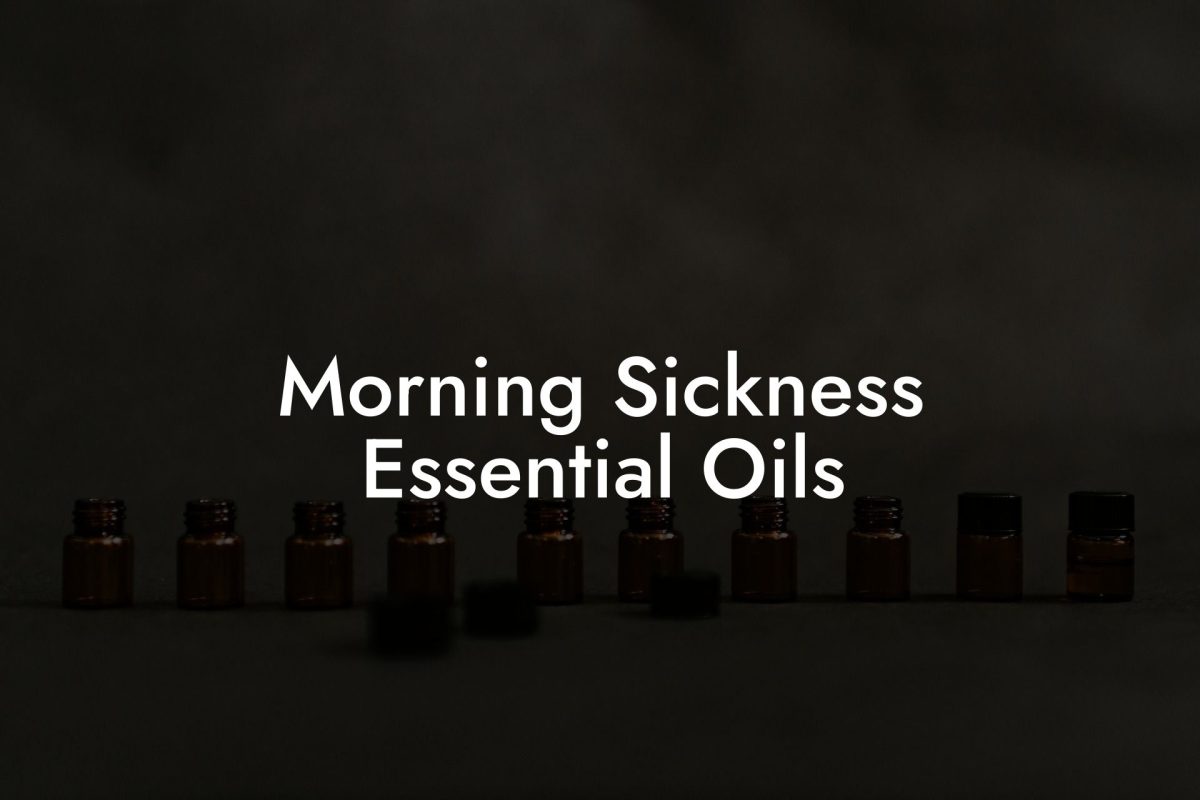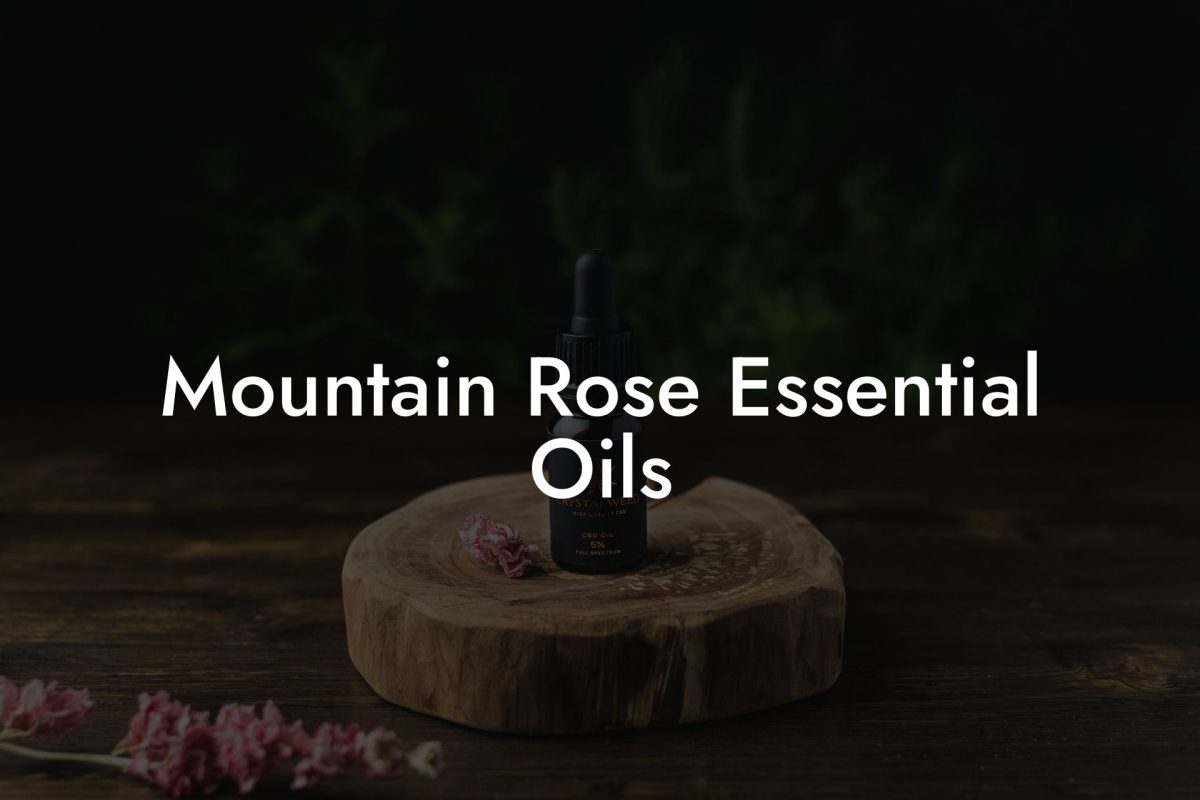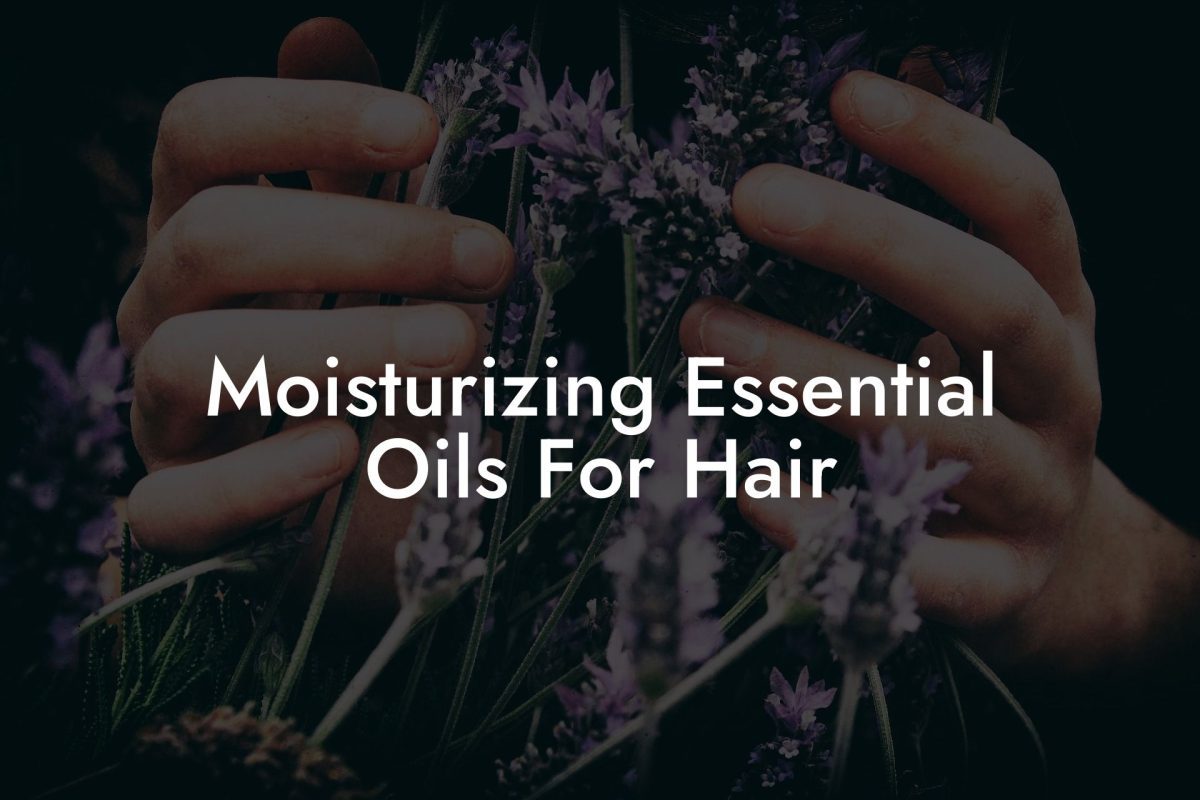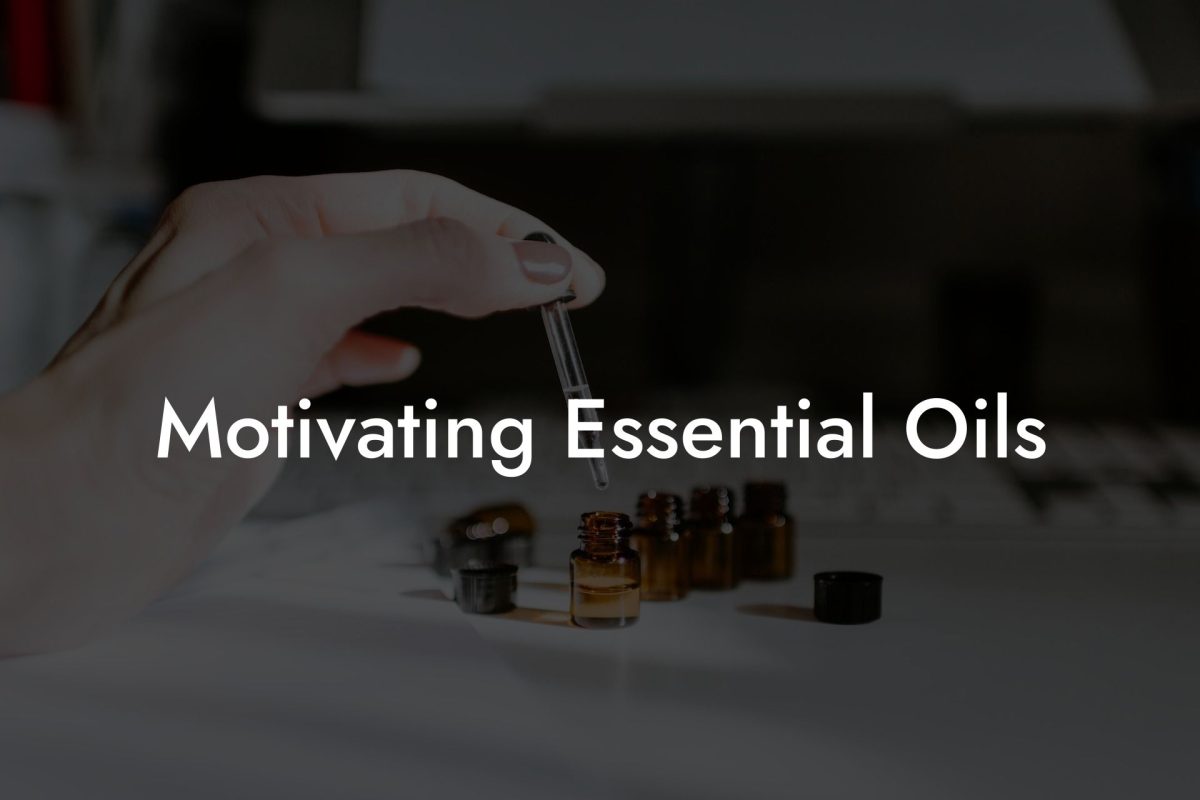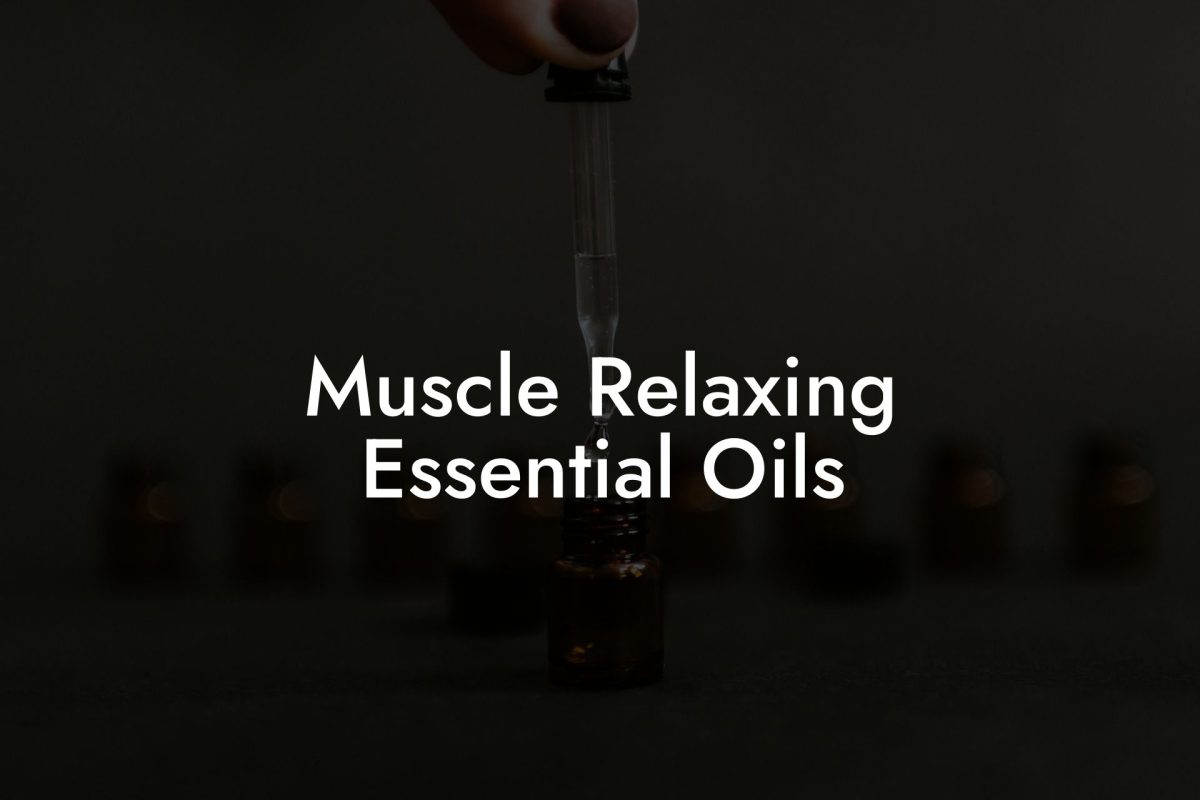Have you ever accidentally brushed against poison ivy and had to deal with its uncomfortable consequences? Worry not, because essential oils can come to your rescue! These botanical treasures have been used to alleviate various concerns, and today, we will explore how they can help soothe poison ivy rashes and discomfort.
Table of Contents
What is Poison Ivy?
Poison ivy (Toxicodendron radicans) is a plant commonly found across North America. It produces an oil called urushiol that causes skin irritation when in contact. The allergic reaction to urushiol is called contact dermatitis and results in an itchy, red, and swollen rash with blisters.
How Essential Oils Can Help
Essential oils are known for their various health benefits, including their ability to soothe skin irritations and inflammations. When dealing with poison ivy rashes, certain essential oils can help alleviate itchiness and discomfort, and even speed up the healing process.
The Best Essential Oils for Poison Ivy:
- Lavender oil – Known for its calming and anti-inflammatory properties, lavender oil can help soothe the itchiness and pain associated with poison ivy rashes.
- Peppermint oil – This refreshing oil has cooling and analgesic properties, which can help relieve the discomfort and irritation caused by poison ivy.
- Tea tree oil – With its antibacterial, antifungal, and anti-inflammatory properties, tea tree oil can aid in reducing the risk of infection and promote faster healing.
- Grapefruit essential oil – Containing d-limonene, which is known to counteract the effects of urushiol, grapefruit essential oil can help reduce inflammation and irritation.
- Chamomile oil – Popular for its soothing and calming effects, chamomile oil is a gentle choice to alleviate skin irritations and inflammation caused by poison ivy.
How to Use Essential Oils for Poison Ivy Rashes
When using essential oils for poison ivy rashes, it’s crucial to dilute the oils with a carrier oil such as coconut or jojoba oil. This is vital to avoid any further skin irritation caused by undiluted essential oils. Here’s a simple guide on how to effectively use essential oils for poison ivy rashes:
- Choose your preferred essential oil(s) from the list above.
- Dilute the essential oil in a carrier oil, such as coconut or jojoba oil. Aim for a ratio of about 2-3 drops of essential oil per tablespoon of carrier oil.
- Apply the diluted essential oil mixture to the affected area using a clean cotton ball or a soft cloth, gently dabbing onto the rash.
- Repeat the application as needed, usually up to three times a day, until the rash subsides.
Before using any essential oils, it’s wise to do a patch test to avoid possible allergic reactions. Consult with your healthcare provider or aromatherapist if you’re pregnant or have any pre-existing health conditions before using essential oils.
Essential Oils For Poison Ivy Example:
Many people have found relief from poison ivy rashes using the following DIY essential oil blend:
Ingredients:
– 2 drops lavender essential oil
– 2 drops tea tree essential oil
– 2 drops peppermint essential oil
– 1 tablespoon of coconut oil
Instructions:
1. Combine essential oils with coconut oil, mix well.
2. Apply diluted blend onto the affected area using a clean cotton ball or soft cloth.
3. Repeat application up to three times a day as needed.
Poison ivy rashes can indeed put a damper on your enjoyment of nature, but with the power of essential oils, you can find relief and reclaim your comfort. Don’t let poison ivy deter you from exploring the great outdoors; arm yourself with the knowledge from our complete guide to essential oils and aromacology. Be sure to share this article with anyone who may benefit from it, and explore the Oshu Oils range of essential oils for all your aromatherapy needs.


